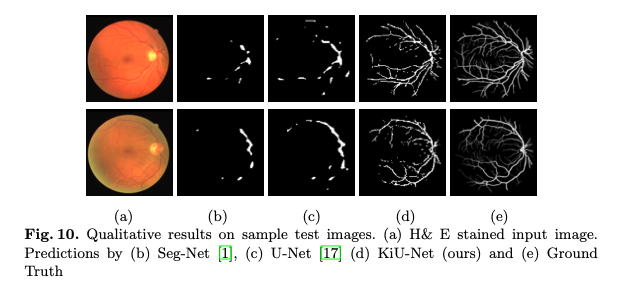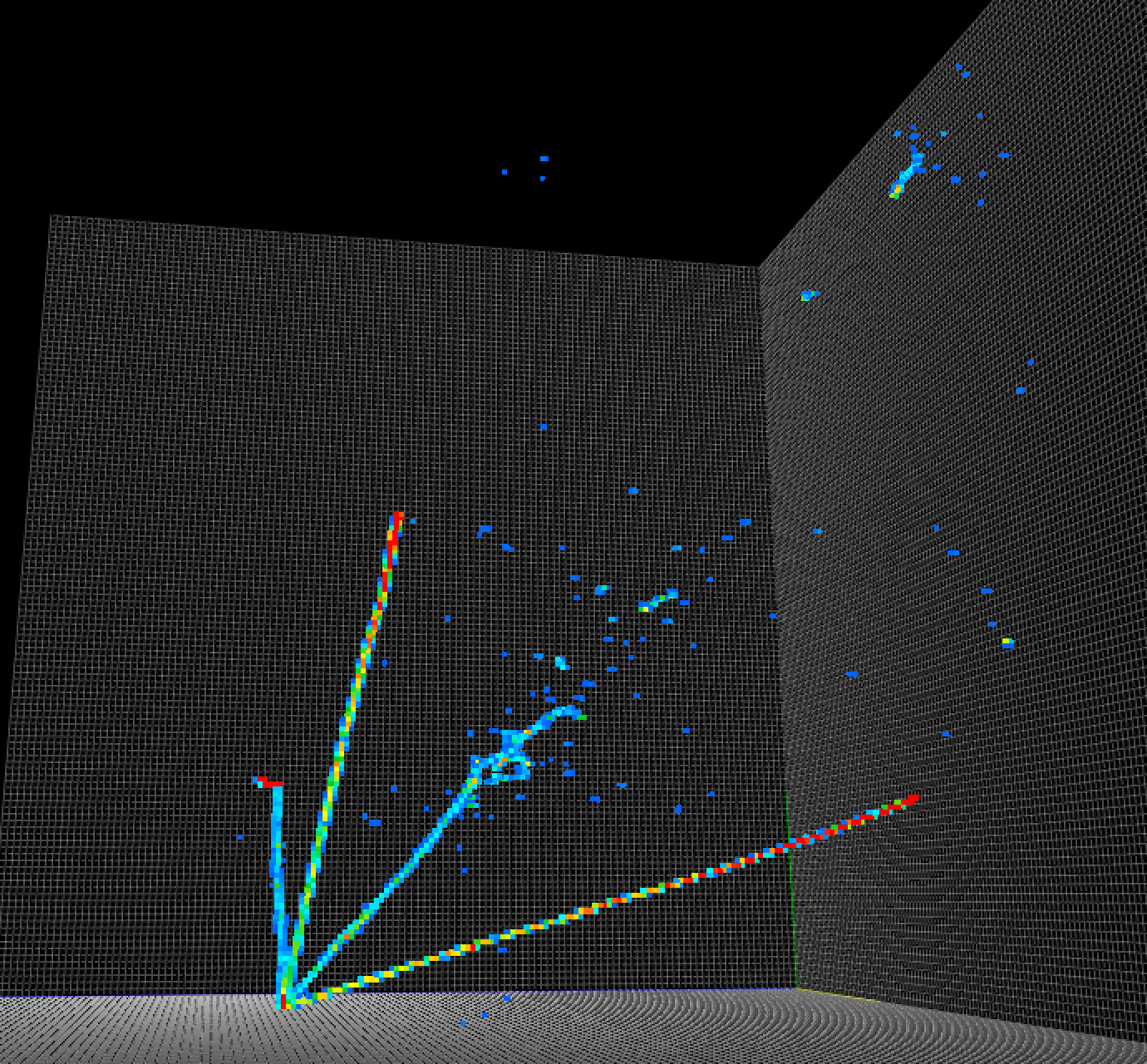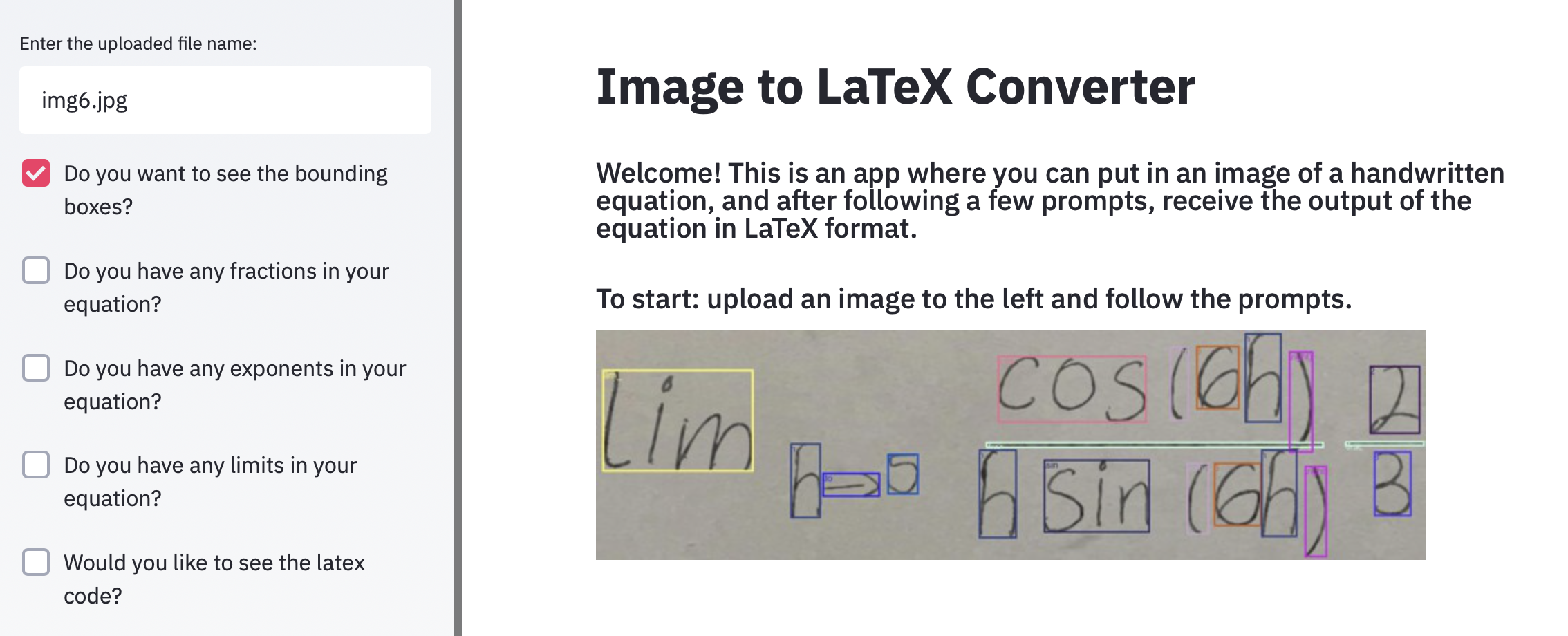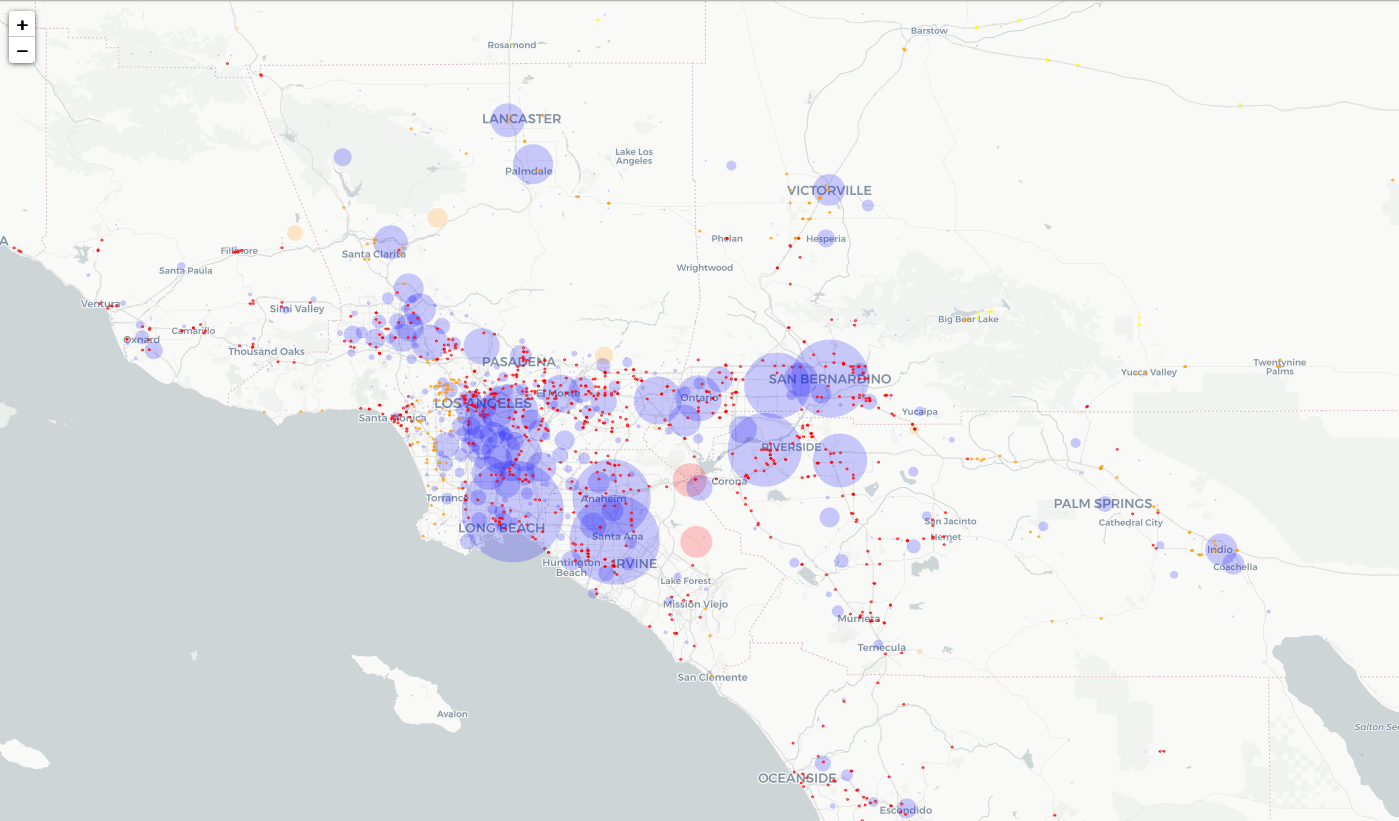Sophia Scarano
Burgeoning quantum information sciences researcher and software engineering professional bringing solid hardware-based quantum computing, Python-based programming, and software maintenance experience to quantum computing or quantum applications development for 5+ years. Detailed in aligning research and software development workflow with user-acceptance targets. Clear and concise in communicating findings to technical, general, and business audiences alike. Collaborative in addressing application issues and failures.



